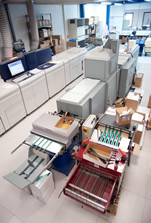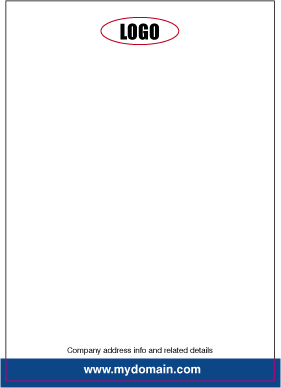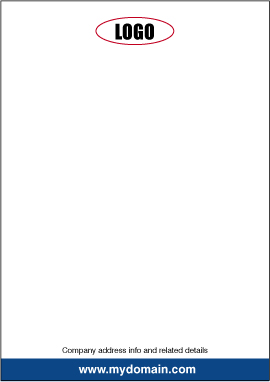Print vs Digital
The world of digital media is popular among the new generation of internet users. Today, the younger generation uses the internet to get information and their source of research is only the internet as compared to the older generations who read newspapers and magazines, the old-fashioned way of getting information. The youngsters of the new generation eat, breathe and most importantly, even think online.
Smart phones and tablets are playing a vital role in delivering content and information to younger audiences. Almost every media outlet has been affected by the rise in digital media but the reports of “death of print” are greatly exaggerated. There is a huge credibility gap between digital and print media.
Customers and clients know that almost anyone can create an attractive and professional looking web presence without investing a huge amount of money but on the other hand, when a businessman hands his/her consumer a printed brochure, leaflet or advertisement, they can immediately recognize when that printed piece has been professionally designed and printed as by this the customer believes that the company is trustworthy and must have the corresponding budget to have been able to produce that product.
Printed brochures work great in order to reinforce the legitimacy of a company or organization in the minds of customers. Many businesses recognize the advantages of giving printed communication and ads into the hands of their consumers to convey their message and get a competitive advantage. Printed materials like brochures, leaflets and printed ads display credibility in ways that digital media does not.
Another reason which makes print design a powerful medium is that people like paper as it is convenient to use and accessible, that’s why brochures, magazines and books have remained as a powerful alternative. People think that digital media is more sustainable than print media but when we look at the production process, energy use and disposal of electronic equipment, it starts to become complex and less straightforward to assess.
A study shows that reading news online consumes 20 percent more carbon than reading a newspaper. A research was conducted on which media customers choose to read news and ads; the result showed that 73 percent of customers like to read print newspapers even when the same news is available online and 59 percent of customers pay more attention to print ads than online ads.
One reason why the digital media negatively influenced print media and traditional advertising methods is the changing trends of customers. Customers, especially the younger generation, prefer digital media and now they have become more responsive to digital media. They use the internet for news; they don’t spend any time on traditional means.
Consumers prefer digital news media for purchasing different kinds of products and getting services as it is the fastest means of information. The ease of getting the required information as well as economic feasibility is working positively in favor of digital media.
Businesses should adopt means that not only help their business survive in the market, but also help them develop their business.
Would you like to . . . Write For Us?




Leave a Reply